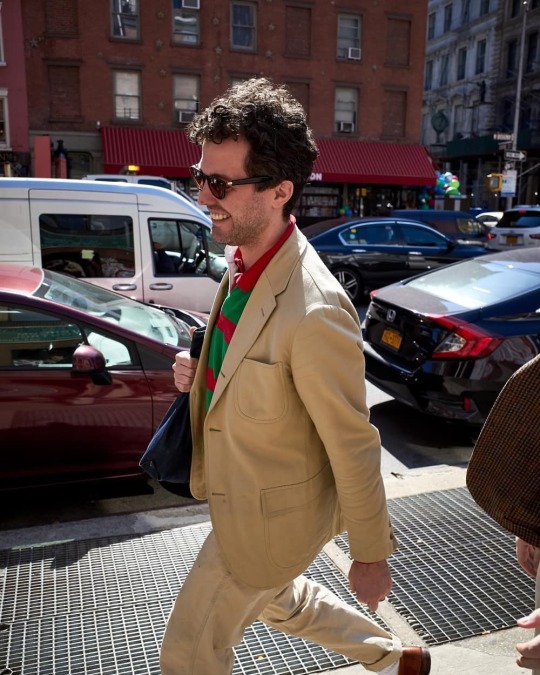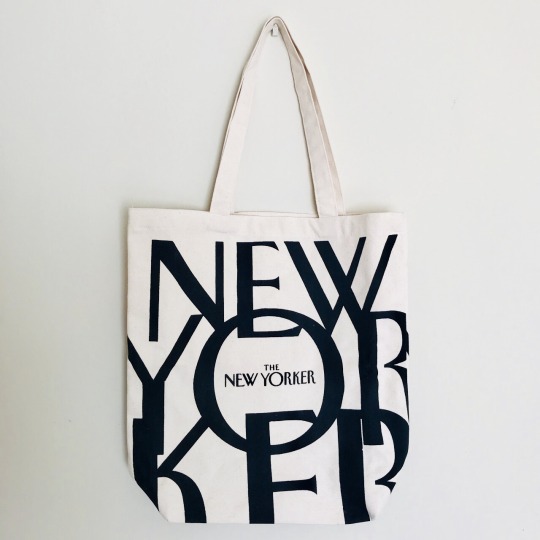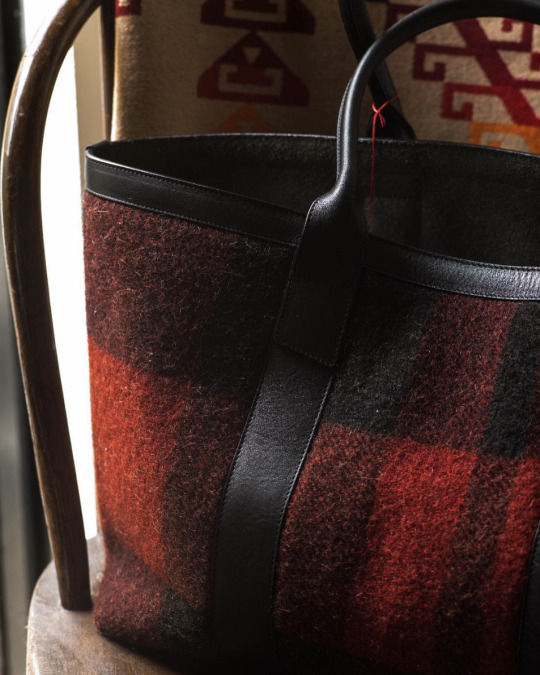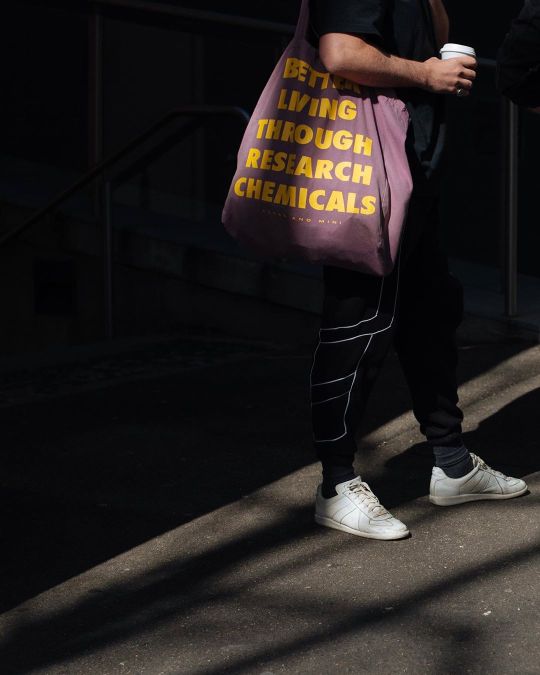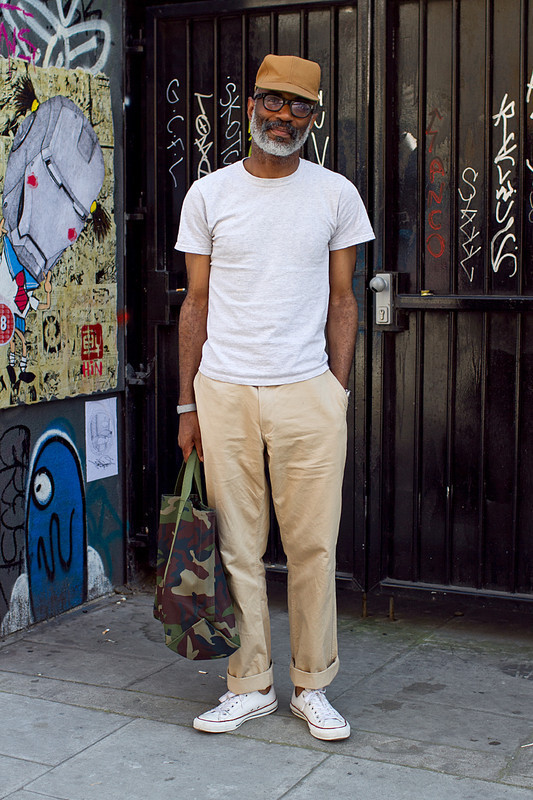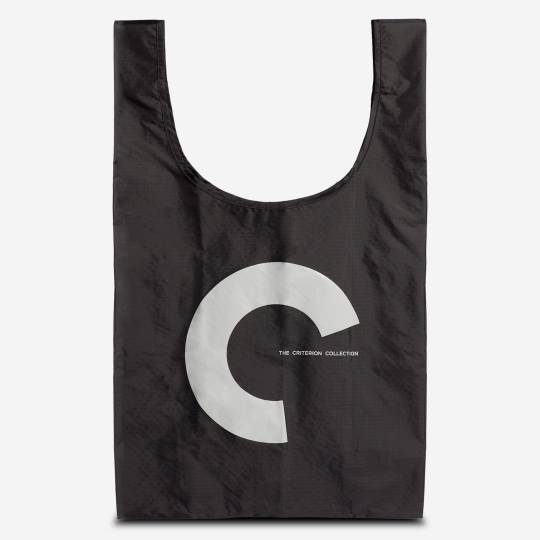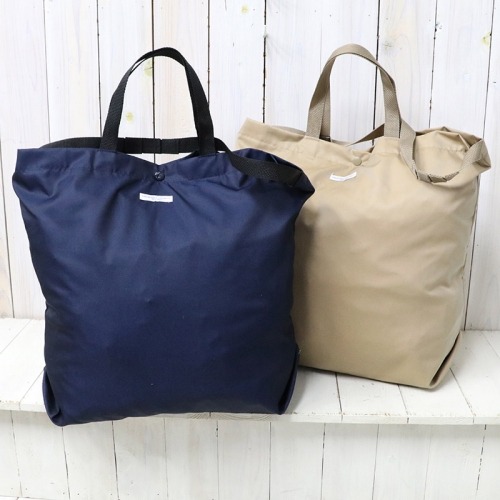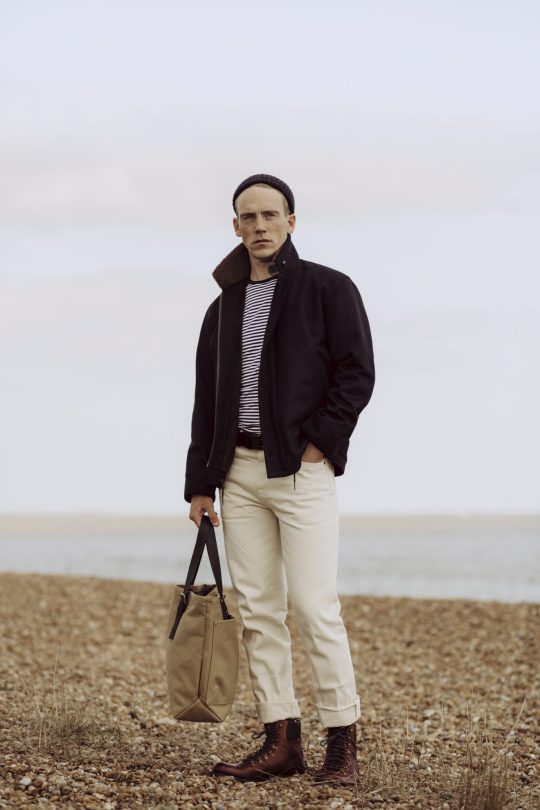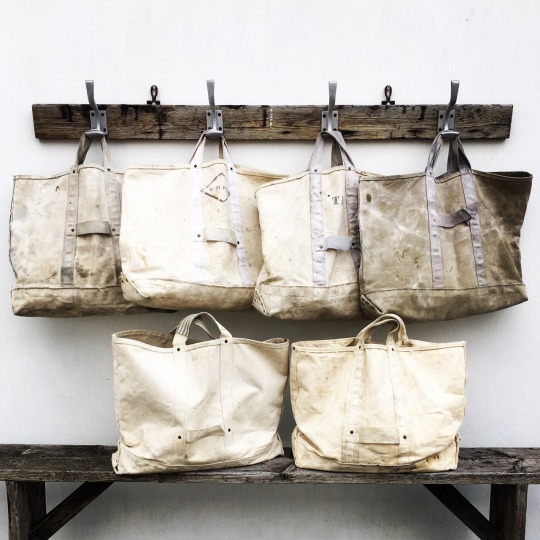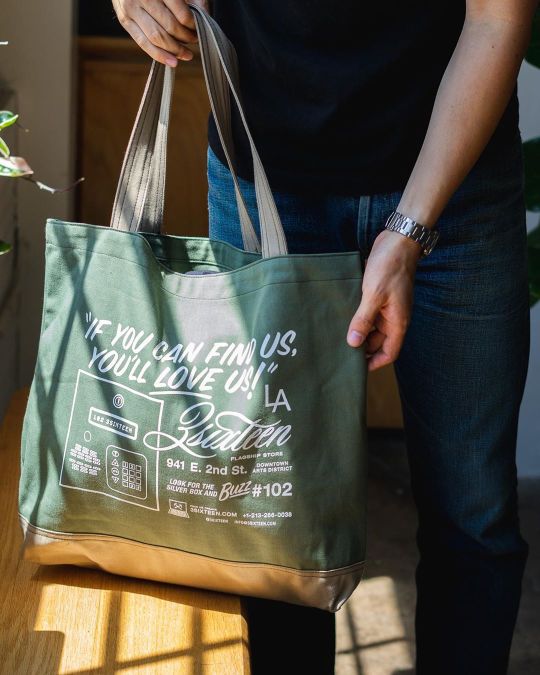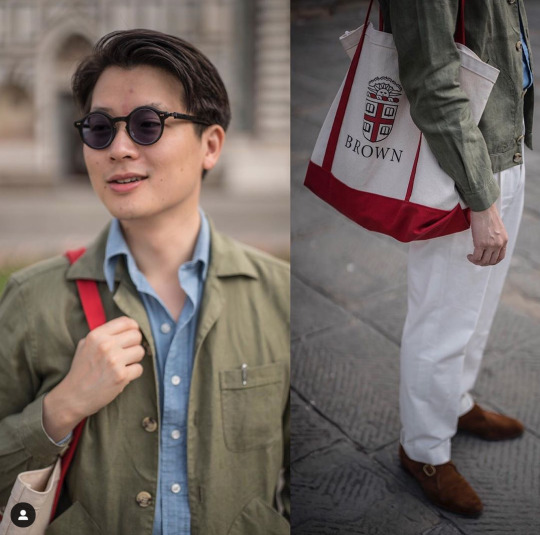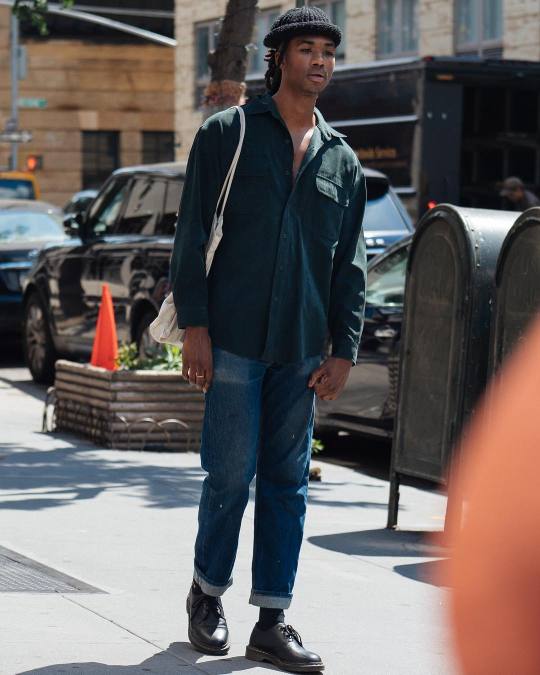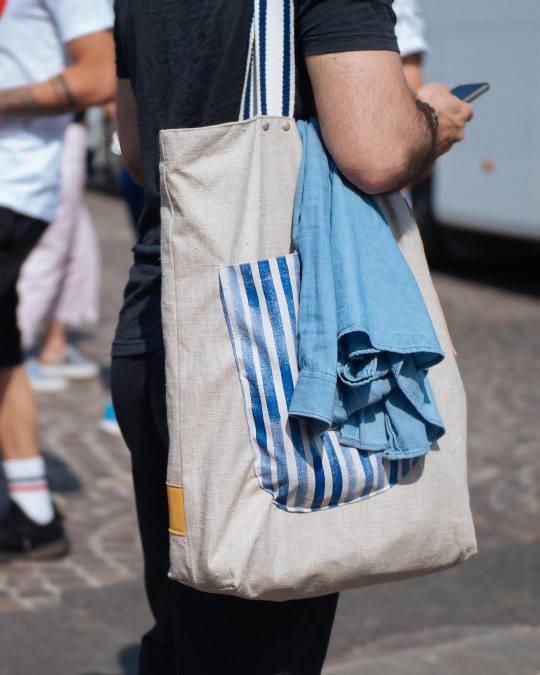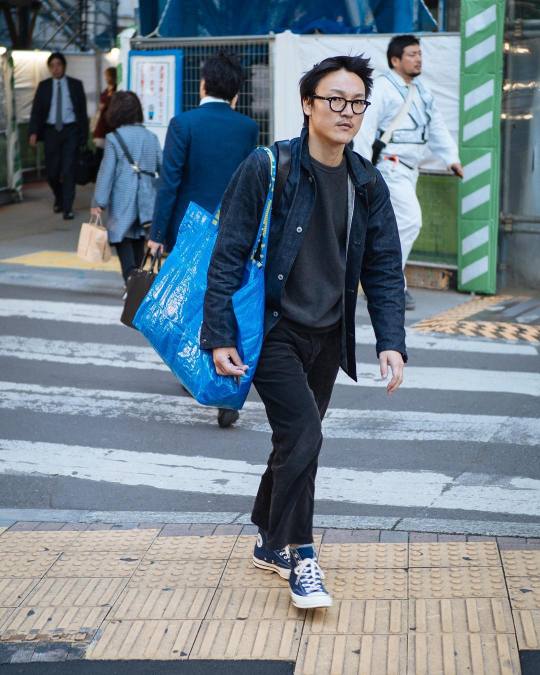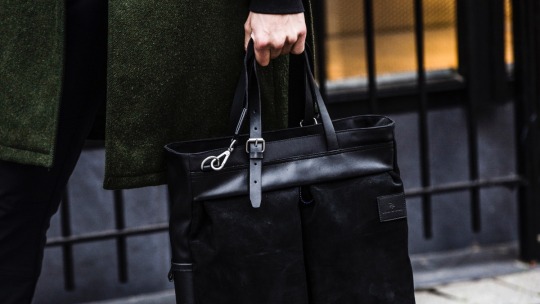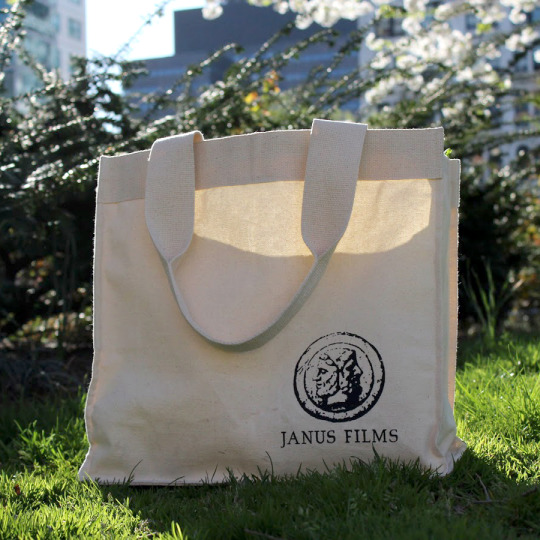
A few months ago, when the Criterion Collection debuted their online streaming service, a user on Blamo’s Slack channel noted the film company also sells branded totes. There are three designs, two made from cotton canvas and the other a ripstop nylon. They feature clean graphics, promise to hold almost anything you need, and are downright cheap at just $20 or so. They also inspire you to daydream. “I could use this for grocery shopping,” I thought to myself. “Or carry my books and laptop to the coffee shop.”
Affordability, identity, and imagination are a potent mix for impulse shopping. I made it to the Shopify checkout page before stopping myself. As a sanity check, I reached back to the nether regions of my closet, where I extracted a beige, cotton canvas tote smushed somewhere between my raincoats and umbrellas. I found four smaller totes scrunched up inside — totes within a tote — like nesting matryoshka dolls.
Totes are taking up an expanding part of our lives. If you live in a major US city, there’s a good chance you have them hidden somewhere – in the back of your closet, under your sink, or in your car’s trunk. As counties and states are imposing fees or outright bans on plastic bags, many people are carrying lightweight totes as a way to save money. But totes have also become the new graphic t-shirt. Culturally, they’re everything: a useful item for daily carry, an inexpensive thing to manufacture, a cheap item to purchase, a marketing tool, and a symbol of identity. If you understand what’s happened to totes in the last 20 years, you can understand a lot about American consumer culture.
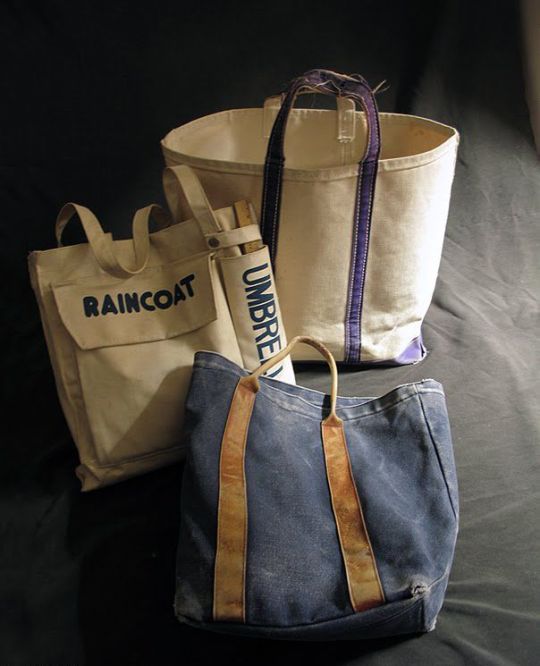
For menswear obsessives, the tote begins with LL Bean’s boat-and-tote. Originally introduced as Bean’s Ice Carrier way back in 1944, this builder’s canvas bag was first made for hauling large amounts of ice from “car to ice chest.” It didn’t take long, however, for New Englanders to realize they could use these for more than beach parties. For much of the 20th century, Bean’s open-top tote was the carrier of choice for homemakers who needed to transport anything from groceries to gardening tools.
This history proved to be fertile ground in the mid-aughts when prep revivalists were eager to imitate anything they saw as a New England lifestyle. To be sure, LL Bean’s tote was fashionable because it was durable and cheery. It went well with Bean boots and Shetland sweaters. With a nearly free monogram service, it was the cheapest way to look rich. But like much of prep, the bag was also fashionable because it suggested something about the carrier: East Coast, born-into-wealth, well-educated, stoic, and wry. It’s a symbol of a particular cross-section of America that overlaps Yankee, Ivy League, and WASP. Consequently, it also helped set the stage for the tote’s broader meaning: to carry one suggested you’re wealthy, well-educated, and white (at least in spirit).
Totes also slot neatly into the two dominant themes in today’s consumer culture: environmentalism and minimalism. They’re waste-conscious, commonly made from non-bleached cotton, and most importantly, can be reused. Without any of the excessive straps or packing commitments that come with backpacks or messengers, they suggest a more carefree, minimal lifestyle. Part pop philosophy, part aesthetic, minimalism promises to be a cure-all for many of our capitalistic overindulgences.
“Maybe we have a hangover from pre-recession excess — McMansions, SUVs, neon cocktails, fusion cuisine — and minimalism is the salutary tonic,” writes Kyle Chayka, author of a forthcoming book on minimalism. “Or perhaps it’s a method of coping with recession-induced austerity, a collective spiritual and cultural cleanse because we’ve been forced to consume less anyway. But as an outgrowth of a peculiarly American (that is to say, paradoxical and self-defeating) brand of Puritanical asceticism, this new minimalist lifestyle always seems to end in enabling new modes of consumption.”

Totes today are a lot more than a practical carrier. They’re a symbol of middle-class virtue, much like how plastic “thank you” shopping bags have become associated with Chinatown. Every product is manufactured, marketed, and consumed with some ideal in mind. These ideals are then communicated through Instagram photos, such as the one above, or email send-outs. The ideal tote consumer is one who’s environmentally responsible, college-educated, and open-minded. They’re someone who is fulfilled and creative, carefree but productive, healthy, connected, adventurous, and optimistic. They’re a HENRY (High Earner Not Rich Yet) who lives in the city, works in a knowledge-intensive service sector, and moves between those rooms that are always soothingly painted in earth and jewel tones. To be sure, there are other tote stereotypes – they’re used by retirees who wear bucket hats and hippies in Birkenstocks – but this only amplifies their main appeal. That is, tote bags signal you’re virtuous.
On the surface, it sounds absurd that totes are part of the totem of consumer aspiration. They’re only $20, after all, and nearly ubiquitous. But their affordability is part of their ascetic positioning. These bags are for people who value experiences over materialism, a virtue in today’s society. Over at The Atlantic, Amanda Mull wrote a story about how reusable water bottles have similarly become status symbols.
Sarah Kauss [founder of S’Well] says she always knew the bottle’s appearance would be important, even though positioning something as simple as a water bottle as a luxury product was a bit of a gamble. “As I moved up in my career, I was upgrading my wardrobe, and the bottle that looked like a camping accessory really didn’t serve my purpose anymore,” she says. When she noticed fashionable New Yorkers were carrying luxe disposable plastic bottles from brands such as Evian and Fiji, she realized reusable bottles could use a makeover, too.
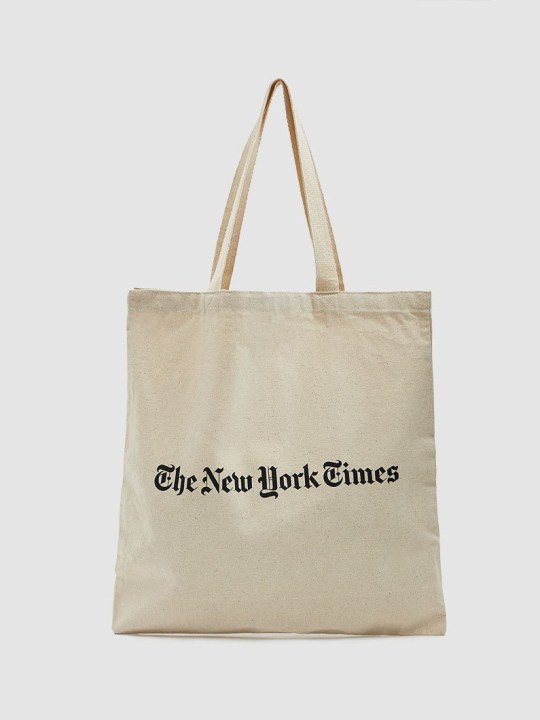
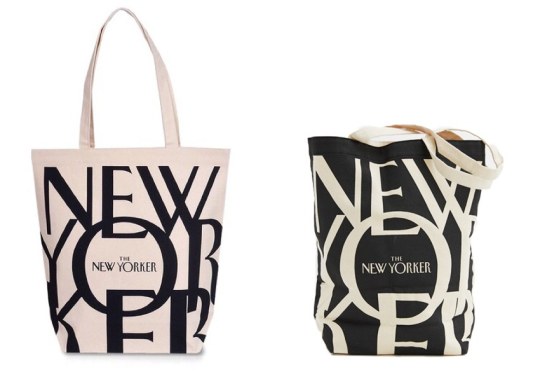
Kauss and her contemporaries struck at the right time. The importance of fitness and wellness were starting to gain a foothold in fashionable crowds, and concerns over consumer waste and plastic’s potential to leach chemicals into food and water were gaining wider attention. People wanted cute workout gear, and they wanted to drink water out of materials other than plastic. Researchers have found that the chance to be conspicuously sustainability-conscious motivates consumers, especially when the product being purchased costs more than its less-green counterparts.
These minimalist, eco-friendly consumer movements often fall victim to the same tendencies that propel fashion. Today, you can find “curvy, steel-capped bottles in more than 200 size-and-color combinations, including some that look like marble or teakwood. Many are customizable with your initials. They’re a common sight in Instagram photos of artfully stuffed vacation carry-ons and aesthetically pleasing desk tableaux. […] If nothing in S’well’s inventory calls out to you, maybe you’ll like a Yeti, Sigg, Hydro Flask, Contigo, or bkr. A limited-edition Soma bottle, created in collaboration with the Louis Vuitton designer Virgil Abloh and Evian (itself a legend of designer water), was recently feted at New York Fashion Week.”
Similarly, once someone figured out they can screenprint a tote, these carriers became a medium for the message. There are totes for literary magazines, art museums, political organizations, highbrow bookstores, gourmet supermarkets, athleisure brands, noodle bars, pickle shops, and prestige pharmacies. Shopping for a tote invokes the existential question: “Which of these looks like the kind of person I want to be?” The virtuousness of a tote bag is no longer confined to its two-strap, open-top design – it’s been further defined with graphics, which has set into motion a Balkanization of middle-class tribes.
“Forget Hermès, Céline, and Mansur Gavriel. On the streets of New York, a canvas tote is the ultimate status symbol,” Molly Shea declared in The New York Post. “By schlepping totes around the city, consumers can tell the world where they shop, what they read, the music they listen to, and their political leanings — or at least an idealized version, by picking and choosing which bags they carry.” People are judging you based on your tote bag, Shea assured us.
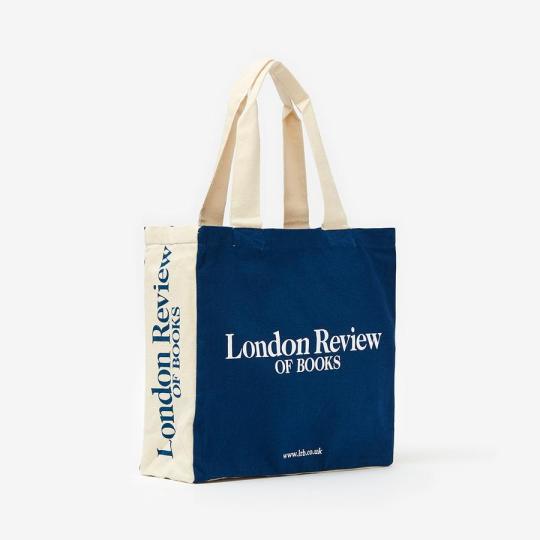
Last year, New York Magazine also published a guide on the best prestige totes. “Something from WNYC announcing that you did your part to end the pledge drive is no longer enough. Totes communicate in a more nuanced language now – they are the nautical flags of the F train. A Judd Foundation option does a fine job of informing strangers you’ve been to Marfa, but a bag from the Get Go market demonstrates a more discerning awareness of the local culture. Recently, a stranger offered to buy vintage collector Brian Procell’s discontinued ripstop Gagosian bag, after seeing it on Instagram, for $1,200. Procell, of course, declined.”
The best totes advertise some virtue — involvement in an environmental organization, athleticism through an outdoorsy brand, or literary awareness through a magazine subscription (“learn the read art,” this Printed Matter tote admonishes). It’s also good to carry an exclusive tote, maybe one associated with a now-defunct store, such as Clyde’s, once a preeminent pharmacy on Manhattan’s Upper East Side. Better still if the tote was never available for sale (consumerism is crass, after all). Knoll’s black-and-red tote is only given to VIP clients and friends of the brand, “which is why owning one has become a status symbol for architects and creative directors.”
A lot of environmental consumer culture, much like minimalism, induces the same anxieties seen in other forms of consumerism. And in doing so, it’s not very revolutionary at all. Adherents are continually asking themselves: “Do I own the right things?” “Have I jettisoned the wrong ones?” Marie Kondo made a fortune from telling consumers they should pick up each and every one of their possessions and ask if that object is bringing them enough joy.
Just two years ago, carrying a New Yorker tote conferred the same benefits as having a graduate degree (both let people know you’re a very serious person with highbrow interests, and neither will get you a job in today’s economy). This past summer, however, Slate declared the bag actually kind of sucks (“That New Yorker tote! It’s everywhere. Since the tote’s debut in 2014, the magazine has sent the oatmeal-colored, heavily lettered canvas bag as an incentive to hundreds of thousands of new subscribers”). There are Instagram hashtags and accounts dedicated to mocking the pretentious accessory. “This tote says you moved to New York two years ago,” Chris Gayomali derisively wrote at GQ. Of course, this means you should never be seen with one; it would say the wrong things about you. If you do own one, it’s time to replace it with another – one that says something more admirable about you.

The unspoken rules and regulations around tote ownership are continually being redefined (The New Yorker has a guide on proper tote culture etiquette if you’re confused). Consequently, what started with noble intentions — to lighten our load and reduce our dependence on plastic bags — has turned into an ecological blight. It takes a little more than 700 gallons of water to produce a cotton t-shirt. One can only imagine how much is needed to make a sturdier canvas bag. According to a 2011 study by the UK Environment Agency, consumers need to reuse a tote 393 times to offset the bag’s carbon footprint (for standard plastic bags, it’s just three uses).
To be sure, some of these environmental claims rest on shaky ground — a lot depends on what kind of environmental impact you’re trying to improve. But cotton remains a very thirsty crop. No matter how you count things, it’s not good to have fifteen totes sitting at home, unused. “In a thousand years, when [archeologists] are going through landfills, they’re going to know it was 2007 to 2017 because there’s a layer of tote bags,” Julianna Dow, a Digital Communications Manager at Brooklyn Strategic, told The New York Post.
The thing is, totes are useful. Their spacious, open-top design is more practical for carrying groceries than bags of any type. When used correctly, they can also save you money and the environment. And let’s be honest: they look pretty stylish. With certain contemporary outfits, a tote looks more at home than a briefcase or backpack. You don’t need something to signal status; just something that’s practical and makes you happy. Draw your gratification from the bag and not how you think others are perceiving it (this the real key to timeless style). All you need is one tote – OK, maybe two.

I like simple canvas totes because they’re floppy and shapeless, much like my body. But if you’re looking for something sturdier and fancier, plenty of options abound. Filson, Kaptain Sunshine, Battenwear, Epperson Mountaineering, Kapital, Norse Projects, and even cheap milsurp helmet bags can be good with workwear ensembles. I like Porter-Yoshida, Want Les Essentiels, Arc’teryx Veilance, Master Piece, 1733, and Rick Owens’ DRKSHDW for more contemporary wardrobes (the DRKSHDW bag isn’t as sturdy as the others, but I like the dusty color). The Armoury and J. Panther have things you can use with tailored clothing. Frank Clegg, a sponsor on this site, makes some beautiful leather ones. I’ve bought some at full price to give as gifts during holiday seasons.
You can also go with Americana styled brands. LL Bean’s boat-and-tote is an icon, although similar bags can also be found through WM J Mills, Port Canvas, Artifact Bags, Dalix, and Beckel. I use a non-customized Apolis’ market bag for grocery shopping. The interior is lined with polyurethane, which makes it easier to wipe clean (although, I wish I bought this custom model instead). Baggu, the maker of the Criterion Collection’s nylon ripstop bags, is famous for their packable designs. Their standard tote can be folded down and stuffed into your pocket, which makes them easy to use for mid-day errands. The Garbstore, Goodhood, and Kapok are full of other wonderful options.
Plain canvas totes can be challenging to give away — even harder to sell. Which means, unlike high-end clothes, they don’t recycle easily through the second-hand market. If you, like me, have more totes than you know what to do with, here are some suggestions on what to do with your surplus:
Homeless Shelters: For people experiencing homelessness, tote bags can make a big difference. Not only do these bags lighten their load, but they also don’t dig into their fingers like cheap plastic bags held over long periods. Bring your excess to any clothing donation center — homeless shelters, houses of worship, or Goodwill.
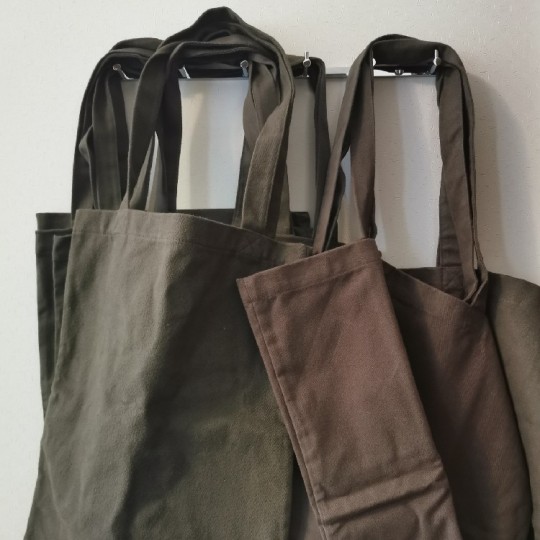
People in Transition: Similarly, tote bags can be donated to people who are in transition. You can give them to halfway houses, women’s shelters, and group homes. Bags4Kids is a charitable organization that works to provide care and comfort to foster children. The organization will take bags of any size, including totes, and fill them with toothbrushes, toys, blankets, clothing, and journaling supplies. They then pass these things along to children who have been just removed from their homes and families.
Donation Centers: Public libraries, animal shelters, and food banks can often use sturdy totes. Basically, any organization that has to deal with heavy donations will be happy to take something that doesn’t result in more ripped paper bags.
Other Areas of Need: You can also donate clean totes to senior centers and preschools. Many of these places are running on tight budgets and can use the supplies.
Reuse: Before buying another basket or box, consider using a tote instead. You can use totes to store off-season clothes on a high shelf. Depending on their sturdiness, you can also use them to hold tools in the garage. I find these bags are more practical than most plastic bins anyway since I can schlep things around by their handles.
Recycle: Totes that are no longer serviceable can be donated to ChicoBag’s Pay It Forward program. They have an active repurposing and recycling program for all types of reusable bags, so things don’t wind up in landfills. Alternatively, you can drop off totes at Goodwill or Salvation Army. Only about 20 percent of their donations is sold to consumers. The rest is typically sold to textile recyclers at 5 to 7 cent per pound, with the profits still benefiting the charities. These “recyclers,” however, are often just exporting things to Africa’s “rag economy” — which is something of a mixed political, well, bag.
(photos via Men in This Town, Douglas Cordeaux, Voxsartoria, Mark Cho, The Armoury, The Sartorialist, The ResQ, Ethan Newton, Jason Jules, 3sixteen, Private White VC, Wooden Sleepers, and No Man Walks Alone)




